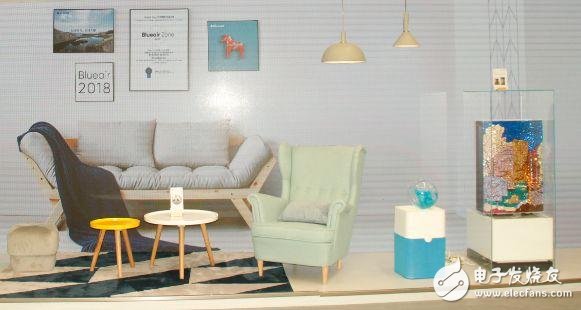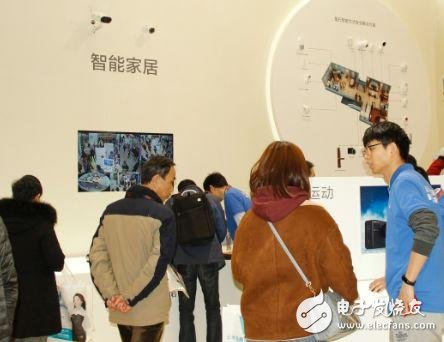Nowadays, on the one hand, global informatization is accelerating. On the other hand, the Internet of Things and AI technology drive the transformation of many industries, such as the smart home industry. Smart home controllers are an indispensable module for realizing smart homes. The smart home controller is the core processing module of the smart home system, including a single-chip microcomputer that can be connected to a broadband network, several defense zone security inputs, and an RS485 home control expansion data bus.

Intelligent control is a control method with intelligent information processing, intelligent information feedback and intelligent control decision-making. It is an advanced stage of the development of control theory and is mainly used to solve the control problems of complex systems that are difficult to solve with traditional methods. The main characteristics of intelligent control research objects are uncertain mathematical models, high degree of non-linearity and complex task requirements.
The selection of smart home controller mainly includes functions, bus technology and modular design, extended functions, and can be configured according to the basic requirements of users.
Four basic modules of smart home controller
1. Wireless transceiver base station module
Mainly for use with the wireless remote control module, it is a necessary accessory of the system. As a wireless transceiver base station, it transmits the information transmitted by the remote control to the system information control center through the home control network, and then sends the system information control center's instructions and short message information The radio frequency signal is transmitted to the wireless remote control, which is the place where the wireless information is transformed into the wired home control network information.
2. Relay switch control module
Low-power loop control, using high-performance solid state relays for control. After receiving the instructions of the smart home controller, the low-power appliances in the home, mainly lights (including various audio systems, televisions, and electric curtains), are switched on and off, and the control power is 100 watts per loop; high power Electrical control module: It also uses solid state relays for control, but its power is relatively large and only has a single channel. After receiving instructions from the smart home controller, it can switch and control high-power electrical appliances (such as air conditioners and water heaters) in the home. The control power is a maximum of 2,500 watts for a single circuit.
3. SCR dimming control module
SCR is used for low-power loop control. After receiving instructions from the smart home controller, its function is mainly to control the lights in the home. The control power is 100 watts per loop, and the dimming range is divided into 5 levels: 0, 25%, 50%, 75 %, 100%.
4. Information switch module
The information switch completely changes the original switch concept. The switch information point is used to complete the original switch function, which makes the original switch function fixed and single. It can be controlled by setting relevant control parameters to control any control point. Group control function. In addition, future monitoring node modules may also include home environment detection modules, household health detection modules, and so on.
T Copper Tube Terminals,Non-Insulated Pin-Shaped Naked Terminal,Copper Cable Lugs Terminals,Insulated Fork Cable Spade Terminal
Taixing Longyi Terminals Co.,Ltd. , https://www.longyiterminals.com
